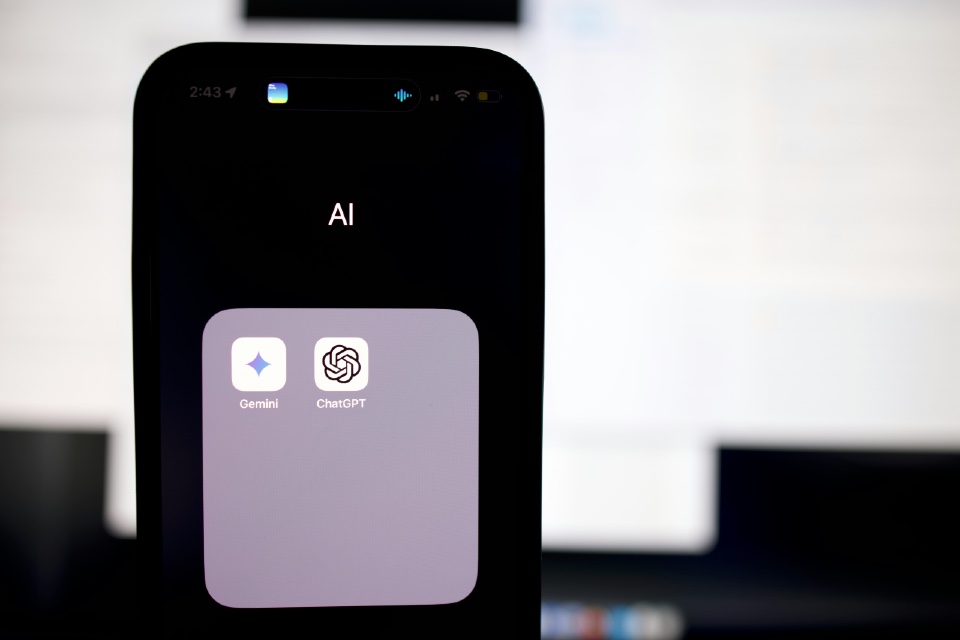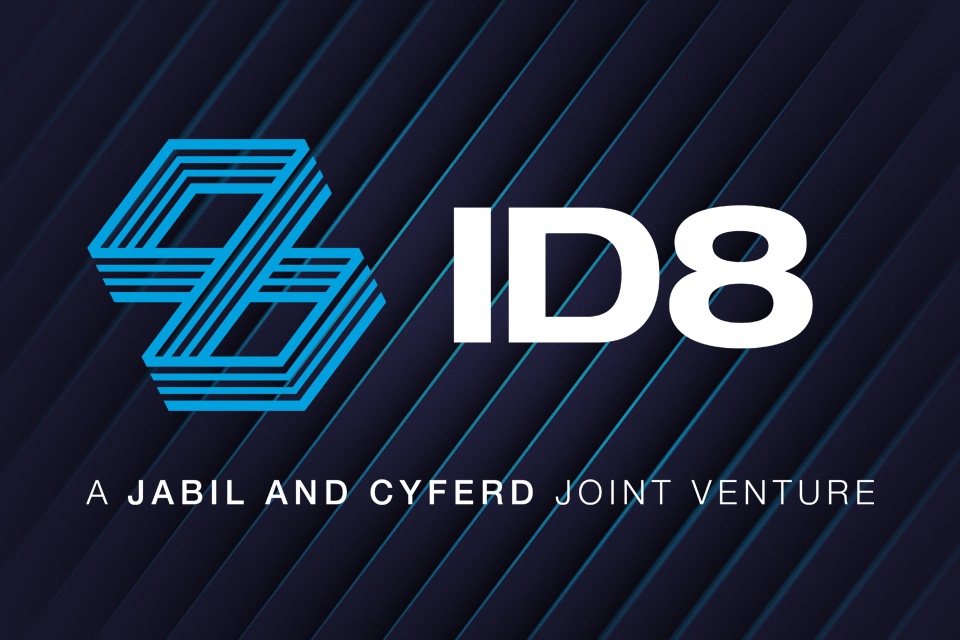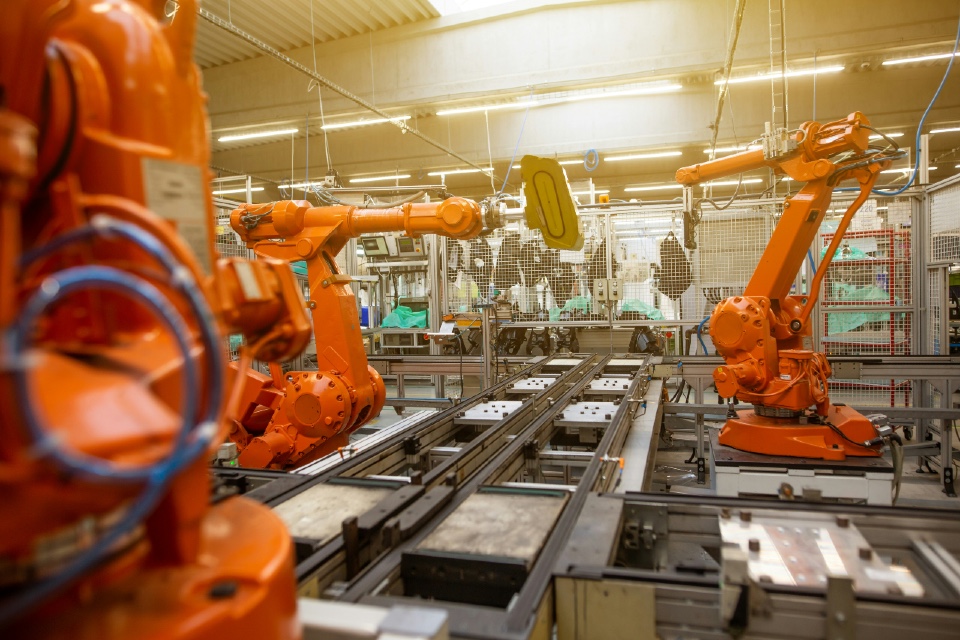50% of companies with warehouse operations will leverage AI-enabled vision systems to replace traditional scanning-based cycle-counting processes by 2027.
During the Gartner Supply Chain Symposium/Xpo last month Gartner, experts presented key emerging supply chain technology trends that will support new business models, augment and automate decision making, and foster ecosystem collaboration.
AI-enabled vision systems are novel hyper-automation solutions that combine industrial 3D cameras, computer vision software, and advanced AI pattern recognition technologies. These solutions leverage high-resolution vision systems combined with AI’s advanced pattern recognition capabilities and machine learning (ML) to radically change how many processes previously dependent on manual human inputs are performed.
“Companies are looking beyond traditional solutions as pressures mount to continuously improve operational process performance,” said Carly West, Senior Director Analyst in the Gartner Supply Chain Practice. “AI-enabled vision systems will propagate quickly in warehouse operations as the value proposition is so evident; not only for inventory management, but also monitoring that can identify safety issues and ergonomic problems for workers in real time.”
Gartner survey data of 506 supply chain professional with input into management and operations processes from December 2023 indicated that 20% of respondents had already adopted AI-enabled vision systems. West noted that the momentum is expected to continue as the costs and performance of cameras are rapidly improving, along with the pattern recognition capabilities of the AI models as solutions become more packaged and robust.
For supply chain leaders who are considering the deployment of AI-enabled vision systems, Gartner has three recommendations:
1. In the near term, there will not be a singular vendor or solution that fits all possible use cases. However, the value proposition of these solutions can potentially justify experimenting with multiple alternatives at low risk and low cost.
2. Start with simple processes, like cycle counting or worker safety monitoring, that are tailor made for an AI-enabled vision system. Leverage lessons from early initiatives to help identify additional use cases in the future.
3. More mature companies that have good manual processes like labor management established should begin to assess more advanced solutions like process ergonomic monitoring.







